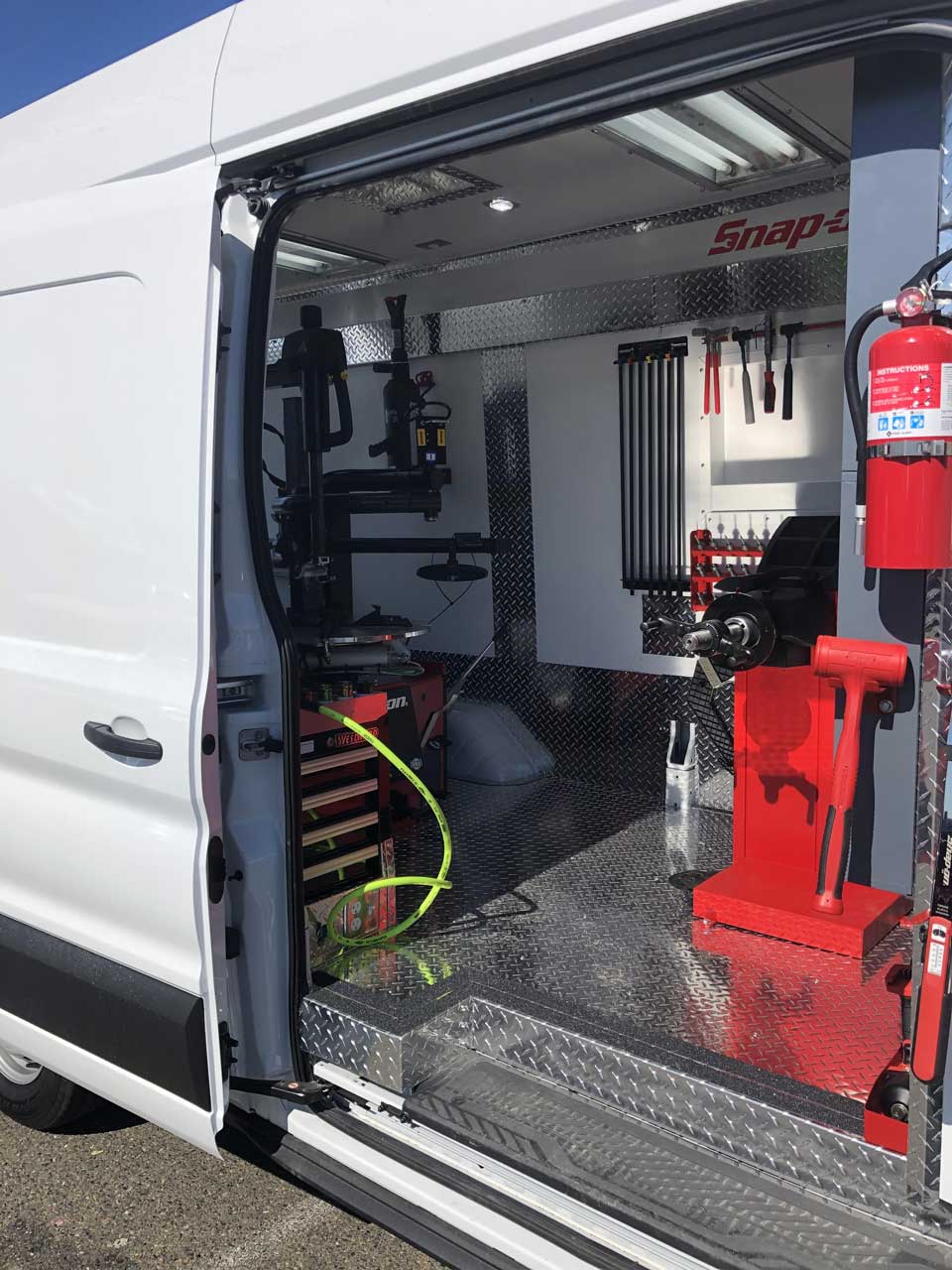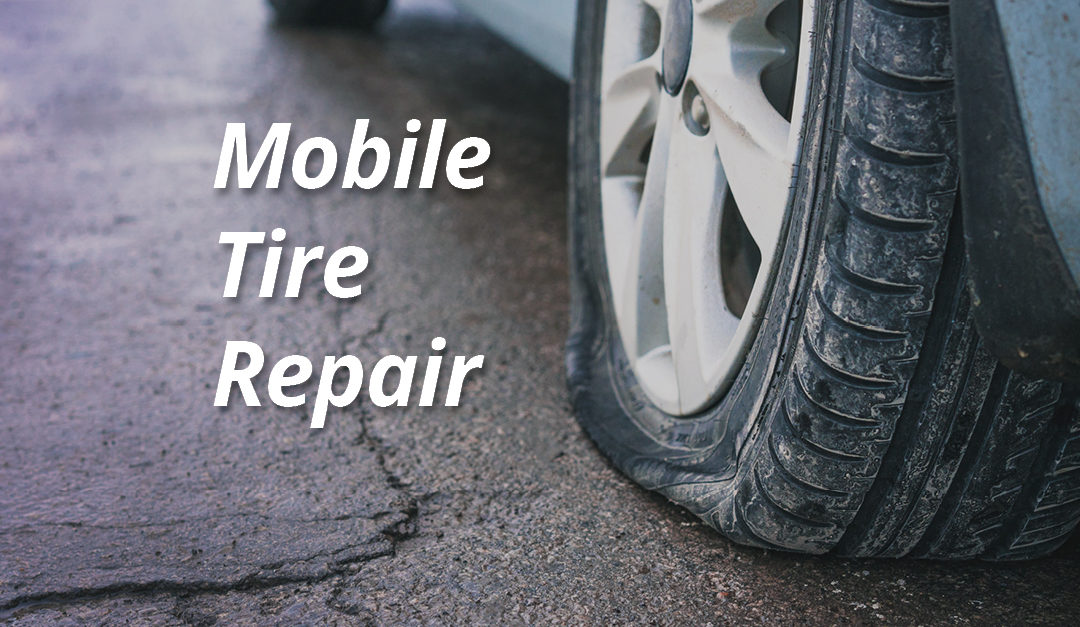Quick Feedback Mobile Tire Change Service in Las Vegas
Quick Feedback Mobile Tire Change Service in Las Vegas
Blog Article
Tire Service: Proven Techniques for Optimum Tire Upkeep and Treatment
Keeping optimum tire problem is vital for both safety and security and efficiency of any type of automobile. From ensuring proper tire pressure to normal rotation and placement, there are proven techniques that can considerably expand the life-span of your tires and improve general driving experience. As we explore the ins and outs of tire care and upkeep, we will certainly uncover important standards that every automobile proprietor must comply with for the best feasible results. Allow's explore the globe of tire service and find the keys to keeping your tires in excellent shape for the lengthy haul.
Significance of Tire Pressure
Adequate tire pressure promotes much better gas performance, as under-inflated tires can lead to increased rolling resistance, triggering the engine to work more difficult and consume more fuel. Appropriate tire pressure makes sure even walk wear, boosting tire longevity and conserving cash in the long run by postponing the need for early replacements. Routinely examining and adjusting tire pressure, particularly previously long trips, is a simple yet effective method to enhance automobile performance, prolong tire lifespan, and prioritize security on the road.
Tire Rotation Guidelines
When taking into consideration tire turning guidelines, it is necessary to understand the importance of this maintenance job in making best use of tire lifespan and maintaining ideal vehicle performance. Tire rotation involves altering the setting of each tire on a vehicle to guarantee also step wear. Front tires have a tendency to wear faster than rear tires because of steering pressures, making routine rotation important for balanced wear patterns. The advised rotation pattern varies relying on whether a lorry is front-wheel, rear-wheel, all-wheel, or four-wheel drive. Typically, tires should be rotated every 5,000 to 7,500 miles, or as advised in the lorry handbook. Ignoring tire rotation can lead to irregular wear, influencing handling, grip, and potentially compromising car security. By adhering to correct rotation guidelines, drivers can extend the life of their tires, enhance gas effectiveness, and improve overall driving experience. Regular rotation is a simple yet reliable maintenance practice that adds dramatically to tire long life and lorry performance.

Advantages of Wheel Positioning
Making certain appropriate wheel alignment after tire rotation is vital for keeping balanced wear patterns and taking full advantage of lorry efficiency. Wheel alignment describes the modification of the angles of the wheels to the supplier's requirements. Among the vital advantages of wheel positioning is enhanced dealing with and steering feedback. When the wheels are properly aligned, it decreases guiding initiative, making certain a smoother and a lot more controlled driving experience. In addition, proper wheel placement helps to extend the lifespan of your tires. Misaligned wheels can trigger irregular tire wear, bring about early tire substitute and raised upkeep prices.

Tire Footstep Deepness Check
Performing a regular inspection of tire step depth is crucial for keeping secure driving problems and lengthening the lifespan of your tires. The tread on your tires plays a vital role in supplying grip, particularly in slippery or wet conditions. To check your tire walk depth, you can utilize a tread depth read more gauge or the penny test. The recommended walk depth is at the very least 2/32 of an inch. It is time to replace your tires to make sure optimum efficiency and safety and security on the road if the walk deepness is listed below this limit. Unequal step wear can show concerns with tire stress, alignment, or suspension, highlighting the importance of normal tread deepness checks. Disregarding to keep track of and keep proper step depth can lead to reduced grasp, longer braking distances, and a boosted risk of hydroplaning. By integrating tire walk depth check out your routine upkeep timetable, Resources you can drive with confidence understanding that your tires remain in leading problem.
Seasonal Tire Assessment
Seasonal tire assessment is a fundamental element of tire maintenance that guarantees tires are ready to encounter the challenges presented by different climate conditions. In prep work for winter months, it is vital to examine the tire pressure routinely as chilly temperatures can create tire stress to go down. By conducting routine seasonal tire inspections, drivers can lengthen tire life-span, boost gas performance, and most importantly, make sure a safe and secure driving experience in differing weather condition conditions.
Conclusion
To conclude, preserving proper tire stress, rotating tires regularly, lining up wheels properly, checking tread deepness, and carrying out seasonal assessments are vital techniques for optimum tire care. By following these shown approaches, vehicle drivers can guarantee their tires last longer, carry out much better, and contribute to total car safety. It is very important to prioritize tire upkeep to stop mishaps, enhance gas performance, and extend the life-span of image source tires.
Ample tire pressure advertises better gas performance, as under-inflated tires can lead to enhanced rolling resistance, triggering the engine to function harder and eat even more fuel.When thinking about tire rotation standards, it is vital to understand the value of this upkeep task in making best use of tire lifespan and maintaining optimal vehicle efficiency. Seasonal tire evaluation is a basic aspect of tire upkeep that makes sure tires are prepared to encounter the obstacles posed by different weather condition problems. By carrying out routine seasonal tire inspections, drivers can lengthen tire life expectancy, enhance gas efficiency, and most importantly, make certain a protected driving experience in varying weather conditions.
In conclusion, maintaining proper tire pressure, rotating tires consistently, straightening wheels properly, checking walk deepness, and conducting seasonal examinations are necessary practices for optimum tire treatment.
Report this page